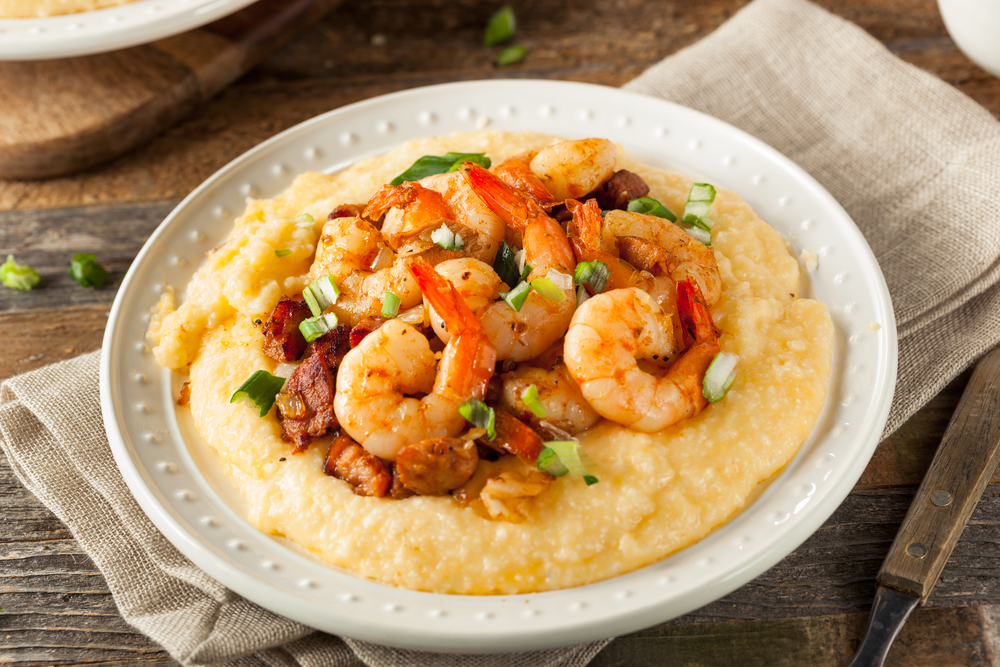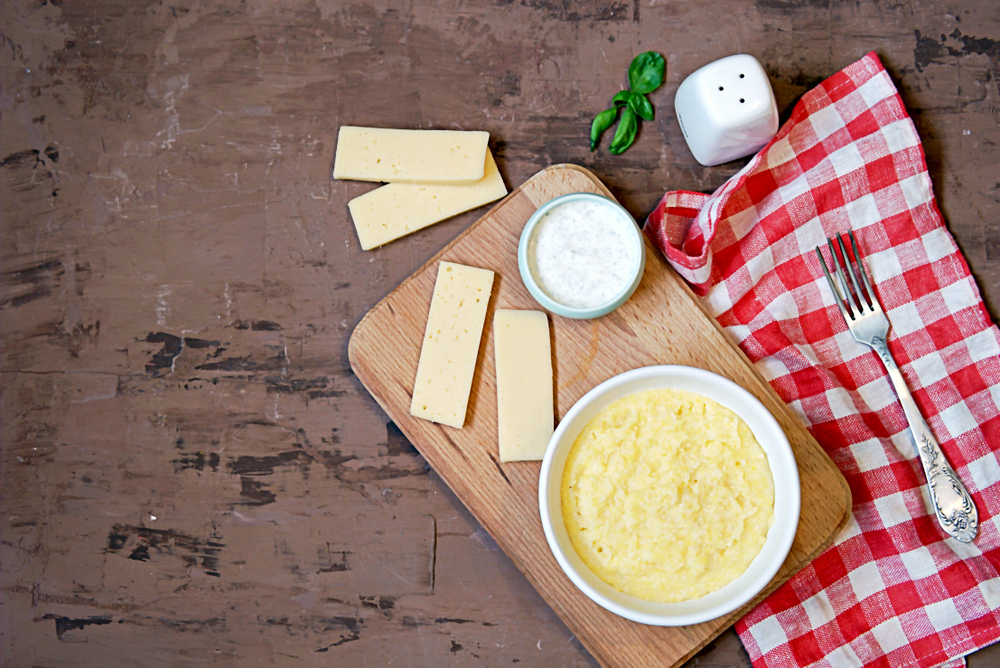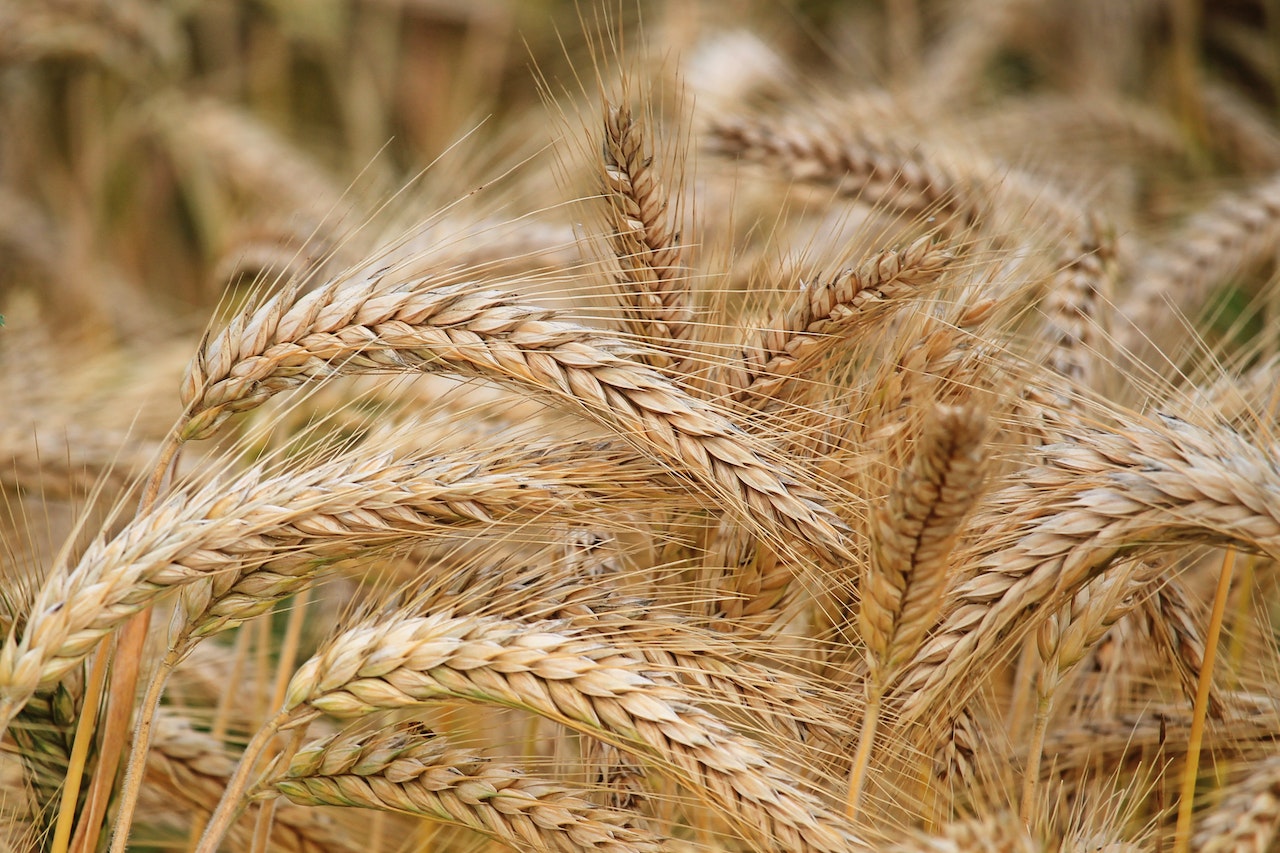As a breakfast staple in the Southern United States, grits are a delicious and hearty dish that can be enjoyed any time of day.
However, it’s not uncommon to have leftover grits after a meal, and many people wonder if they can be reheated.
The answer is yes, grits can be reheated, but it’s important to know the right techniques to ensure they maintain their texture and flavor.
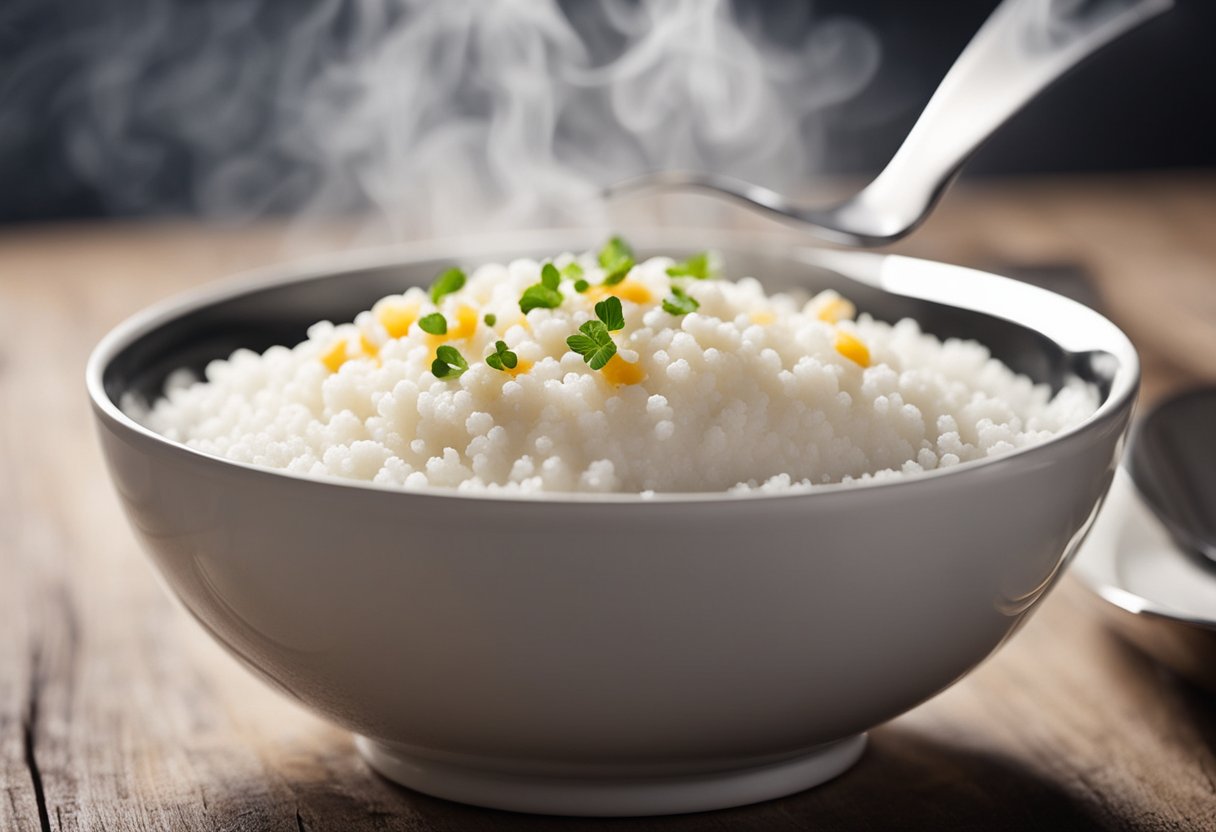
Understanding grits is the first step to reheating them properly. Grits are made from ground corn and can be cooked in a variety of liquids, including water, milk, or broth.
They can be served as a savory or sweet dish, and the texture can range from creamy to more solid.
When stored in the refrigerator, leftover grits can solidify and become dry, making it challenging to reheat them without ruining their texture.
In this article, we’ll explore the best ways to store and reheat grits, so you can enjoy them again without sacrificing their delicious flavor and texture.
We’ll cover reheating grits on the stove, in the oven, and in the microwave, as well as tips for maintaining their texture and flavor during reheating.
Key Takeaways
- Grits can be reheated, but it’s important to know the right techniques to maintain their texture and flavor.
- Leftover grits can solidify and become dry, making it challenging to reheat them without ruining their texture.
- Reheating grits on the stove is the preferred method, but they can also be reheated in the oven or microwave with the right techniques.
Understanding Grits
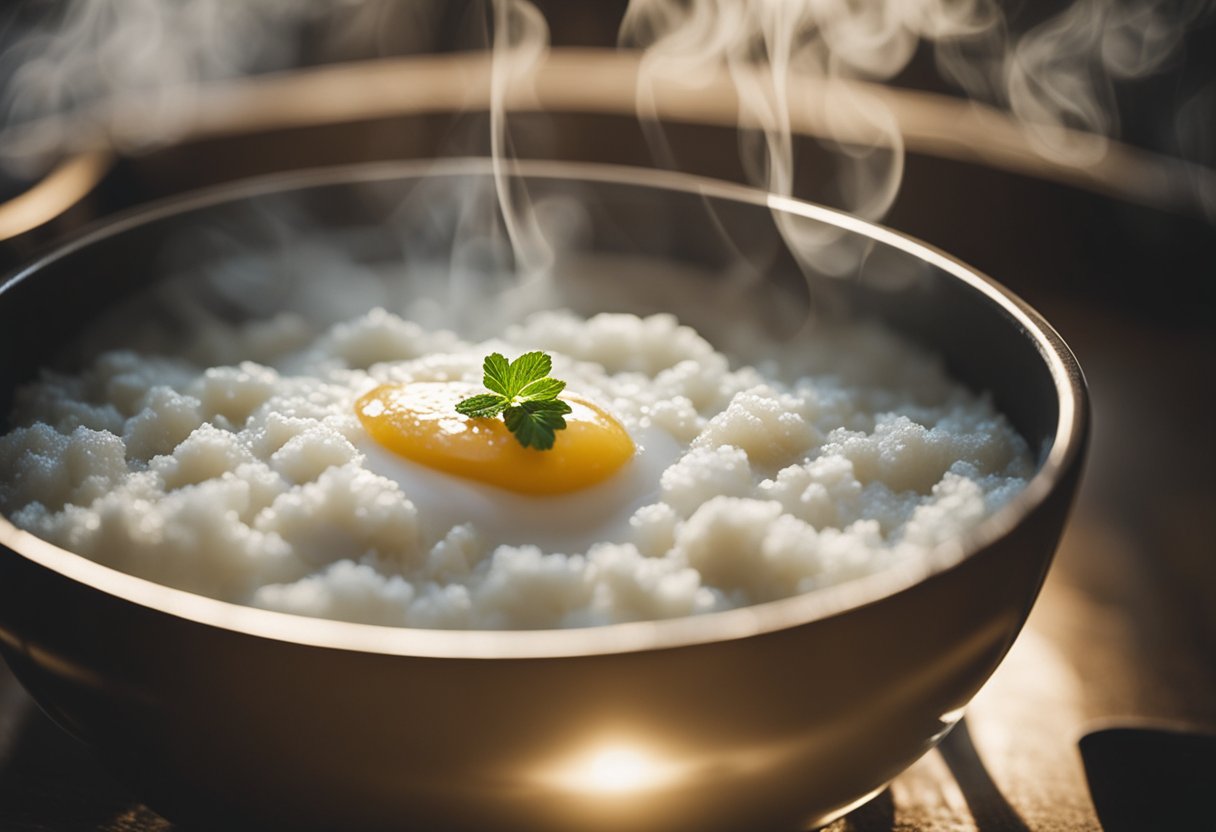
As a Southern staple and comfort food, grits are a popular dish made from ground corn. They are often served as a breakfast food, but can also be enjoyed for lunch and dinner.
Grits are made by boiling ground cornmeal in water or milk until it thickens into a porridge-like consistency. The result is a creamy and savory dish that can be seasoned with salt, butter, cheese, or even shrimp and bacon.
Corn is the main ingredient in grits, and it is a rich source of starch. Starch is a complex carbohydrate that provides energy to the body. Grits are also a good source of fiber, which is essential for maintaining a healthy digestive system.
While grits are often made from white or yellow corn, they can also be made from other types of corn, such as blue corn or hominy.
Hominy is a type of corn that has been treated with an alkali solution to remove the hull and germ. This process results in a softer and more flavorful cornmeal that is often used to make grits.
Overall, grits are a versatile and delicious dish that can be enjoyed in many different ways. Whether you prefer them sweet or savory, grits are a great way to start your day or satisfy your hunger any time of the day.
Storing Leftover Grits
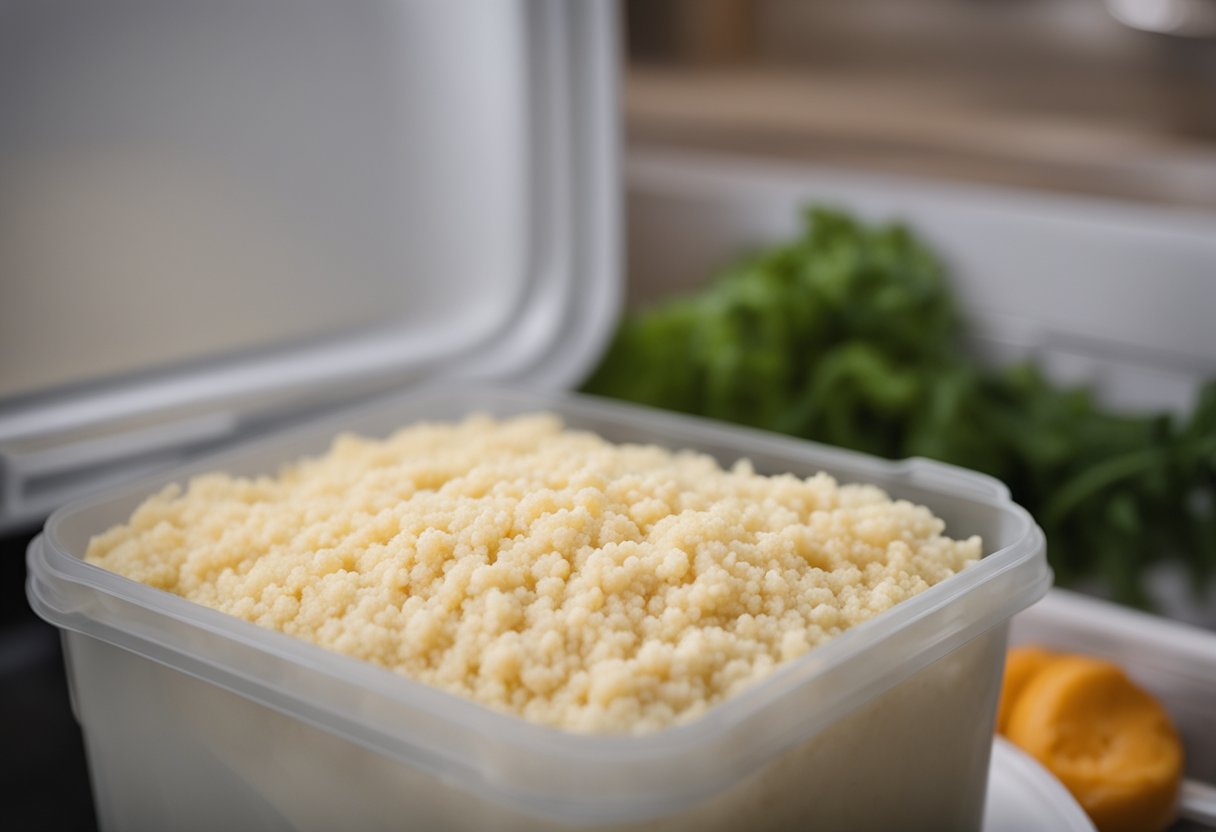
When it comes to grits, there’s always a chance that you’ll end up with leftovers.
Whether you made too much or just couldn’t finish your meal, it’s important to know how to store your grits properly to ensure they stay fresh and delicious.
Refrigeration
If you plan on eating your leftover grits within the next few days, then refrigeration is the way to go. To store your grits in the fridge, simply transfer them to an airtight container and place them in the refrigerator.
This will help keep them fresh and prevent them from drying out or absorbing any unwanted flavors.
When refrigerating grits, it’s important to remember that they should be consumed within 3-5 days. After that, the quality and taste may begin to deteriorate, and they may no longer be safe to eat.
It’s also important to note that reheating grits in the microwave can cause them to become dry and lose their creamy texture. Instead, try reheating them on the stovetop for best results.
Freezing
If you don’t plan on eating your leftover grits within the next few days, then freezing is the way to go. To freeze your grits, transfer them to an airtight container or freezer bag and place them in the freezer.
This will help keep them fresh for up to 6 months.
When freezing grits, it’s important to remember that they should be thawed in the refrigerator before reheating. This will help prevent them from becoming watery or losing their texture.
To reheat frozen grits, simply transfer them to a pot and heat them over low heat, stirring occasionally, until they’re heated through.
It’s also important to note that grits can sometimes become grainy or lose their flavor when frozen. To prevent this, try adding a bit of milk or cream when reheating your frozen grits to help restore their creamy texture and flavor.
Overall, storing leftover grits is a simple process that can help you save time and money in the long run.
By following these tips and storing your grits properly, you can enjoy delicious, creamy grits whenever you want, without having to worry about them going bad.
Reheating Grits: An Overview
As someone who loves grits, I often make more than I can eat in one sitting. This leads to the question of whether or not grits can be reheated.
The answer is yes, you can reheat grits, but it’s important to do it correctly to ensure they maintain their flavor and texture.
There are several methods for reheating grits, including using a microwave, stovetop, or oven. Each method has its own advantages and disadvantages, so it’s important to choose the one that works best for you.
When reheating grits, it’s important to add a liquid to the mixture to keep it from drying out. This can be milk, water, or broth, depending on your preference.
Adding a small amount of butter or oil can also help improve the texture and flavor of the grits.
It’s also important to monitor the grits closely while reheating them to avoid overcooking or making them too dry. If the grits become too thick, you can add more liquid to thin them out.
Overall, reheating grits is a simple process that can be done using a variety of methods. By following a few simple tips, you can ensure that your reheated grits are just as delicious as the first time around.
Reheating Grits on the Stove
When it comes to reheating grits, the stove is the preferred method for many people. It allows for better control of heat and texture, and it’s quicker than using an oven. Here are the steps to follow to reheat your grits on the stove:
Choosing the Right Pot
To reheat grits on the stove, you’ll need a non-stick saucepan. A non-stick surface will prevent the grits from sticking to the pot and make cleaning up easier.
Choose a pot that is the right size for the amount of grits you are reheating. If the pot is too big, the grits will spread out too thin and lose their texture.
Adding Liquid
To loosen up the thick, cold texture of grits, you’ll need to add some liquid of your choice. You can add water, fresh milk, or broth.
The amount of liquid you add will depend on the amount of grits you are reheating and how thick you like them. A good rule of thumb is to add 1/4 cup of liquid for every cup of grits.
Stirring the Grits
Stirring the grits is essential to prevent them from clumping together and sticking to the bottom of the pot. Stir the grits frequently while reheating them on the stove.
This will ensure that they heat evenly and maintain their creamy texture. If you notice that the grits are too thick, you can add more liquid to achieve the desired consistency.
That’s it! Reheating grits on the stove is quick and easy. With these simple steps, you can enjoy a warm and delicious bowl of grits in no time.
Reheating Grits in the Oven
If you have a large amount of leftover grits, reheating them in the oven might be the best option. This method is great for maintaining the grits’ texture and flavor. Here are a few tips for reheating grits in the oven.
Preheating the Oven
Before you start reheating your grits in the oven, make sure to preheat the oven to 350°F. This temperature is perfect for reheating grits without overcooking them.
It’s important to preheat the oven so that the grits can cook evenly and thoroughly.
Choosing the Right Dish
When reheating grits in the oven, use a casserole dish that is oven-safe. You don’t want to use a dish that is too small, as the grits may overflow.
On the other hand, a dish that is too large may cause the grits to dry out. A 9×13 inch casserole dish is a good size for reheating grits.
To prevent the grits from sticking to the dish, you can spray the dish with non-stick cooking spray or butter the dish lightly.
Spread the grits evenly in the dish, and cover the dish with aluminum foil. This will help the grits retain moisture and cook evenly.
Once the oven is preheated, place the covered casserole dish in the oven and bake for 20-25 minutes. Check the grits after 20 minutes to make sure they are heated through.
If they need more time, leave them in the oven for another 5-10 minutes.
Reheating grits in the oven is a great option if you have a large amount of leftover grits. By following these tips, you can ensure that your grits are heated through evenly and maintain their texture and flavor.
Reheating Grits in the Microwave
When it comes to reheating grits, the microwave is a quick and easy option. However, there are some important things to keep in mind to ensure that your grits come out just as delicious as they were the first time around.
Choosing the Right Container
The first step to reheating grits in the microwave is to choose the right container. It is important to use a microwave-safe container that is large enough to hold your grits without overflowing.
A microwave-safe dish with a lid is ideal, as it will help to prevent splatters and keep your grits moist.
Avoid using containers made of metal or plastic that is not labeled as microwave-safe. These materials can cause the microwave to spark or even start a fire. Instead, opt for glass or ceramic dishes that are labeled as microwave-safe.
Adjusting the Power Level
The next step to reheating grits in the microwave is to adjust the power level. Most microwaves have a power level setting that can be adjusted to suit the type of food you are reheating.
For grits, it is best to use a lower power level to prevent them from becoming too hot too quickly.
I recommend setting the power level to around 50-70% and reheating the grits in 30-second intervals. After each interval, remove the grits from the microwave and stir them well.
This will help to distribute the heat evenly and prevent any lumps from forming.
If your grits are still too cold after the first 30 seconds, continue reheating them in 15-second intervals until they are heated through.
Be sure to stir the grits well after each interval to prevent them from becoming too hot in one spot.
Overall, reheating grits in the microwave can be a quick and easy way to enjoy your leftovers. Just be sure to choose a microwave-safe container and adjust the power level to prevent your grits from becoming too hot too quickly.
Maintaining Texture and Flavor During Reheating
When it comes to reheating grits, maintaining the texture and flavor can be a bit tricky. If not done correctly, the grits can become clumpy, dry out, or even burn.
Here are a few tips to help you maintain the texture and flavor of your grits during reheating.
Use Liquid to Reheat
One of the best ways to reheat grits is by using liquid. Adding a small amount of milk, water, or broth to the dish before reheating can help to keep the grits moist and prevent them from drying out.
It is important to add just enough liquid to the grits to maintain their creamy consistency. Adding too much liquid can make the grits runny and lose their flavor.
Avoid Overheating
Overheating grits can cause them to become grainy and lose their creamy texture. It is important to monitor the grits closely while reheating to prevent them from overheating.
If using a microwave, heat the grits in short intervals, stirring in between, until they are heated through. If using the stovetop, use low to medium heat and stir frequently to prevent overheating.
Cover the Grits
Covering the grits while reheating can help to trap in moisture and prevent them from drying out. Use a lid or foil to cover the dish and prevent the grits from becoming too dry.
Be sure to remove the cover before serving to prevent the grits from becoming too mushy.
Add More Flavor
Reheating grits can cause them to lose some of their flavor. To add more flavor, try adding some butter, cheese, or herbs to the grits before reheating.
This will not only add more flavor but also help to keep the grits moist and prevent them from becoming too dry.
In conclusion, reheating grits can be a bit tricky, but by following these tips, you can maintain the texture and flavor of your grits. Use liquid to reheat, avoid overheating, cover the grits, and add more flavor to keep your grits moist and flavorful.
Enhancing Reheated Grits

As a grits lover, I know that reheating grits can sometimes lead to a loss of flavor and texture. However, there are ways to enhance reheated grits and make them just as delicious as fresh ones. Here are some tips to take your reheated grits to the next level.
Adding Toppings
One way to enhance reheated grits is to add toppings. Toppings can add flavor and texture to your grits. Here are some topping ideas to consider:
- Butter: Adding a pat of butter to your reheated grits can add richness and depth of flavor.
- Cheese: Cheese grits are a classic Southern dish. You can add cheddar cheese or shredded cheese to your reheated grits to make them cheesy and delicious.
- Bacon or Shrimp: Adding bacon or shrimp to your reheated grits can make them a hearty and satisfying meal.
- Sausage or Pork Sausage: Sausage or pork sausage can add a savory and meaty flavor to your grits.
- Eggs: Adding a fried or scrambled egg to your reheated grits can make them a complete breakfast or brunch dish.
- BBQ: Adding a dollop of BBQ sauce to your reheated grits can add a smoky and tangy flavor.
Pairing with Other Dishes
Another way to enhance reheated grits is to pair them with other dishes. Here are some ideas for pairing reheated grits with other dishes:
- Side Dish: Reheated grits can be a great side dish for fried chicken, grilled steak, or roasted vegetables.
- Dinner: You can serve reheated grits as a main dish for dinner. Pair them with grilled shrimp, smoked sausage, or BBQ pulled pork.
- Lunch: Reheated grits can also make a great lunch. Pair them with a salad or a sandwich for a complete meal.
When reheating grits, it is important to follow the instructions carefully. You can find detailed instructions on how to reheat grits on Recipe Marker.
Additionally, you should make sure to use fresh and high-quality ingredients to ensure the best flavor. Finally, consider adjusting the recipe to suit your taste preferences.
With these tips, you can enjoy delicious reheated grits every time.
Conclusion
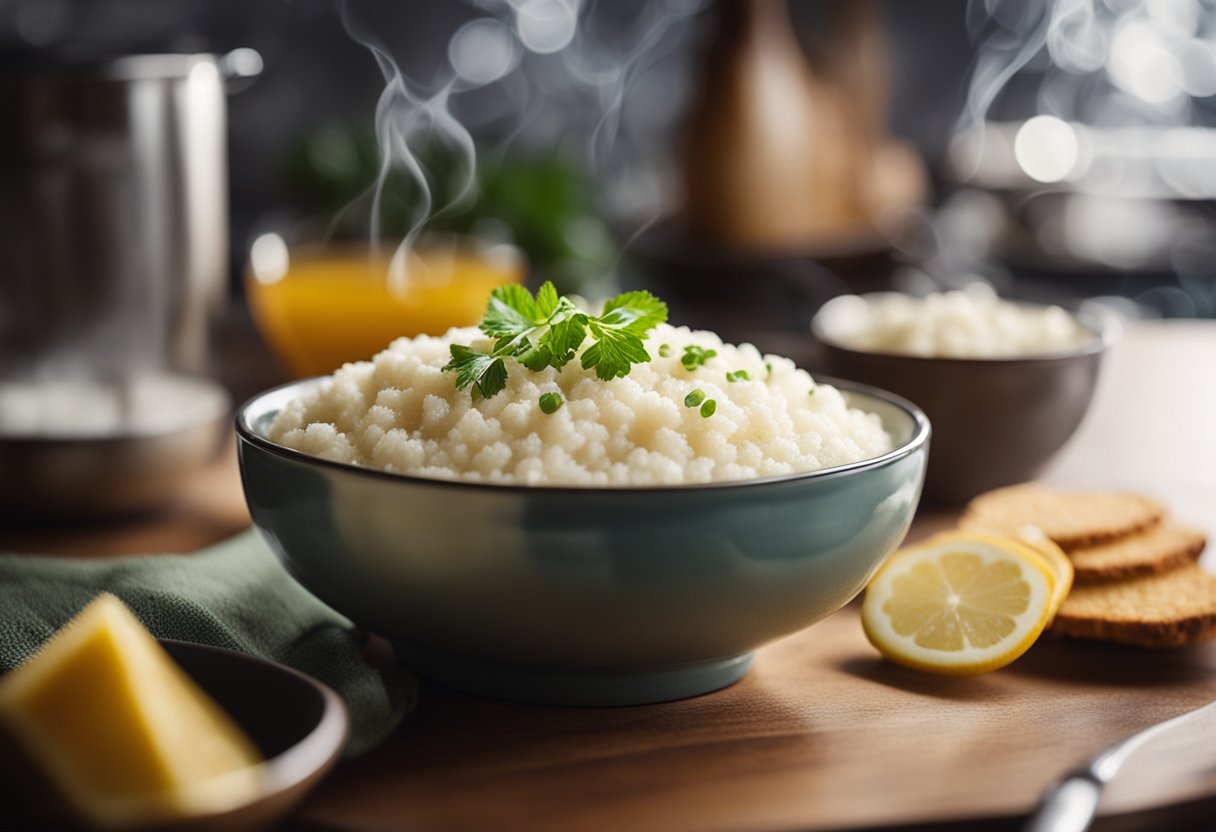
In conclusion, reheating grits is a great way to enjoy leftover grits for breakfast, lunch, or dinner. Grits can be reheated without losing their delicious flavor or texture.
There are several methods to reheat grits, including on the stove, in the microwave, or in the oven.
When reheating grits, it is important to add a little water or milk to get the desired consistency. This will help prevent the grits from drying out and becoming too thick.
Additionally, stirring the grits frequently while reheating will help ensure that they heat evenly.
If you are reheating grits on the stove, it is best to use a low heat setting. This will help prevent the grits from scorching or sticking to the bottom of the pot.
If you are reheating grits in the microwave, be sure to cover the dish with a microwave-safe lid or plastic wrap to prevent splatters.
Overall, reheating grits is a simple and easy process that can help you make the most of your leftovers.
Whether you are enjoying grits for breakfast, lunch, or dinner, reheating them is a great way to enjoy this classic Southern dish.
Frequently Asked Questions
How to keep grits warm for a party
To keep grits warm for a party, you can use a slow cooker or chafing dish. Simply transfer the cooked grits to the slow cooker or chafing dish and set the temperature to low or warm.
Stir occasionally to prevent the grits from sticking to the bottom.
How to reheat cheese grits casserole
To reheat cheese grits casserole, preheat your oven to 350°F. Place the casserole in an oven-safe dish and cover it with aluminum foil. Bake for 20-25 minutes or until heated through.
You can also reheat individual portions in the microwave for 1-2 minutes on high.
Can you freeze grits
Yes, you can freeze grits. Allow the cooked grits to cool completely before transferring them to an airtight container or freezer bag.
Label the container with the date and freeze for up to 3 months. To reheat frozen grits, thaw them in the refrigerator overnight and then reheat using your preferred method.
How to keep grits from getting hard
To keep grits from getting hard, it’s important to cook them with enough liquid and to stir them frequently. If you’re reheating leftover grits, add a splash of milk or water and stir well before reheating.
You can also add a pat of butter or a sprinkle of cheese to help keep the grits moist and creamy.
How to store cooked grits
To store cooked grits, transfer them to an airtight container and refrigerate for up to 4 days. When reheating, add a splash of milk or water and stir well to help loosen the grits.
Do grits make good leftovers?
Yes, grits make good leftovers. They can be reheated on the stovetop, in the microwave, or in the oven. Just be sure to add a splash of liquid and stir well before reheating to prevent them from drying out.


